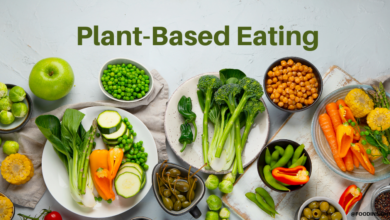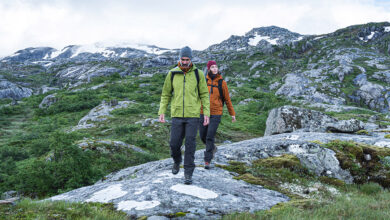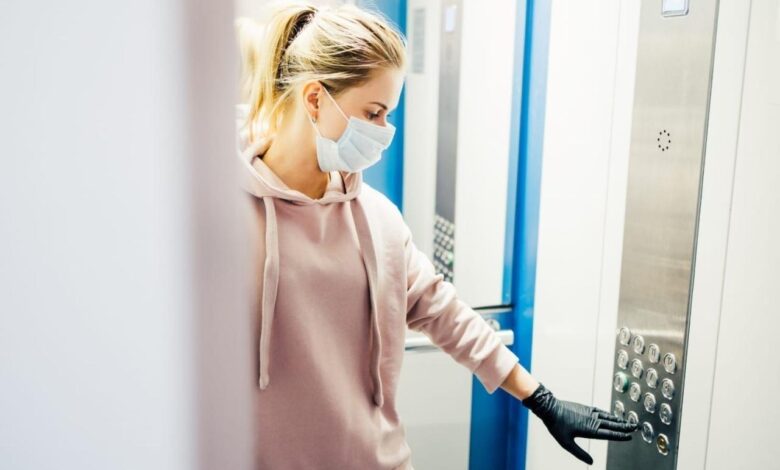
Should You Wear a Face Mask While Walking Outside?
Should you wear a face mask while walking outside? It’s a question that’s been swirling in the air, especially since the pandemic. While some might consider it overkill, others swear by it, citing a range of reasons from personal health to environmental factors.
In this blog post, we’ll dive into the pros and cons of wearing a face mask outdoors, exploring the science, the social implications, and the practical considerations.
We’ll consider the potential benefits of wearing a face mask, like protecting yourself and others from airborne particles and viruses. We’ll also weigh the risks of not wearing one, including exposure to air pollution, pollen, and sick individuals. We’ll explore how different types of masks compare in terms of filtration efficiency and protection against viral transmission, and how weather conditions might affect their effectiveness.
Health Considerations: Should You Wear A Face Mask While Walking Outside
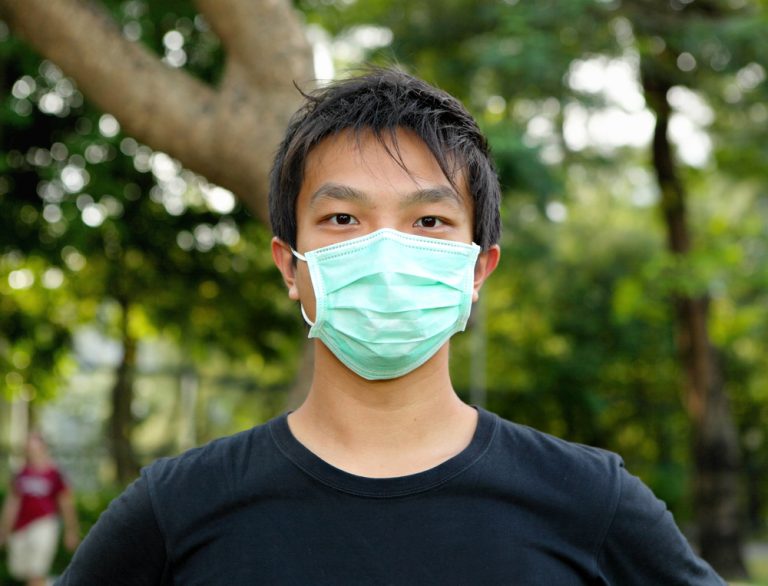
While the idea of wearing a face mask while walking outdoors might seem unnecessary to some, there are several health considerations to keep in mind. Choosing to wear a mask can offer protection from airborne particles and potential viral transmission, while also mitigating the risks associated with not wearing one.
Benefits of Wearing a Face Mask
Wearing a face mask outdoors can offer several benefits, particularly in crowded areas or when encountering individuals who may be sick.
- Protection from Airborne Particles:Face masks, especially those with higher filtration capabilities, can help block airborne particles, including dust, pollen, and even microscopic virus particles. This is especially important in areas with high air pollution levels, where inhaling these particles can negatively impact respiratory health.
- Reduced Risk of Viral Transmission:Face masks, by physically blocking respiratory droplets, can reduce the likelihood of spreading or contracting viruses. While outdoor transmission is generally considered less likely than indoors, masks can provide an additional layer of protection, especially in scenarios where social distancing is challenging.
- Peace of Mind:Wearing a mask, even if the risk of transmission is low, can offer a sense of security and reassurance, allowing individuals to feel more comfortable and confident in public spaces.
Risks of Not Wearing a Face Mask
While not wearing a face mask might seem convenient, there are potential risks associated with this choice, especially in specific scenarios.
The debate about face masks while walking outside continues, but one thing’s for sure: staying active is essential. If you’re finding it tough to motivate yourself for home workouts, check out 8 fun ways to avoid home workout boredom – you might discover a new favorite exercise routine! Once you’re energized and feeling good, you can tackle the face mask question with a fresh perspective.
- Exposure to Air Pollution:Air pollution can be a significant health concern, especially in urban areas. Fine particulate matter (PM2.5) can penetrate deep into the lungs, causing respiratory problems and increasing the risk of cardiovascular disease. Wearing a mask can help filter out these harmful particles, reducing exposure and protecting your health.
- Pollen Allergies:For individuals with pollen allergies, wearing a mask can help reduce exposure to allergens, potentially mitigating symptoms like sneezing, runny nose, and itchy eyes.
- Increased Risk of Viral Transmission:While outdoor transmission is generally less likely than indoors, not wearing a mask can increase the risk of spreading or contracting viruses, especially in crowded areas or when interacting with individuals who may be sick. This is particularly relevant during seasonal outbreaks or periods of high viral circulation.
Effectiveness of Different Face Mask Types
The effectiveness of face masks in filtering airborne particles and protecting against viral transmission varies depending on the type of mask.
- Cloth Masks:These are generally considered less effective than surgical masks or respirators, but they can still offer some protection by physically blocking larger droplets.
- Surgical Masks:Surgical masks are designed to block larger droplets and are considered more effective than cloth masks in filtering airborne particles.
- Respirators (N95, KN95):Respirators are the most effective type of mask for filtering airborne particles, including viruses. They are designed to filter out at least 95% of particles as small as 0.3 microns.
Environmental Factors

The decision to wear a face mask while walking outside is also influenced by environmental factors, particularly air quality and weather conditions. These factors can significantly impact your respiratory health and the effectiveness of a face mask in protecting you from pollutants and allergens.
Air Quality and Pollution
Air quality plays a crucial role in determining whether or not you should wear a face mask while walking outside. Poor air quality, characterized by high levels of pollutants, can pose health risks, especially for individuals with respiratory conditions.
- Particulate Matter (PM):PM, tiny particles suspended in the air, can penetrate deep into the lungs, causing respiratory problems. PM2.5, particles smaller than 2.5 micrometers, are particularly concerning due to their ability to reach the smallest airways. Walking in areas with high PM levels, such as busy roads or industrial zones, could necessitate wearing a face mask to reduce exposure.
- Ozone (O3):Ozone is a gas that can irritate the lungs and worsen asthma symptoms. It’s often present in higher concentrations during hot, sunny days, particularly in urban areas. If you are walking outdoors during periods of high ozone levels, wearing a face mask might help minimize your exposure.
- Other Pollutants:Other pollutants, such as nitrogen dioxide (NO2), sulfur dioxide (SO2), and carbon monoxide (CO), can also contribute to poor air quality. These pollutants can trigger respiratory issues, particularly in sensitive individuals. Walking in areas with elevated levels of these pollutants might warrant wearing a face mask.
Wearing a face mask, particularly an N95 or KN95 mask, can help filter out these pollutants, reducing your exposure and protecting your respiratory health.
Allergens
For individuals with allergies, pollen, mold spores, and other allergens can trigger symptoms like sneezing, runny nose, and itchy eyes. Walking outdoors during peak allergy seasons or in areas with high allergen concentrations can be challenging.
The question of whether or not to wear a face mask while walking outside is a personal one, but if you’re looking for ways to stay warm and healthy during the colder months, I highly recommend checking out this list of 9 hearty winter soups under 360 calories.
These soups are packed with nutrients and flavor, and they’ll definitely help keep you feeling warm and cozy, even if you’re not wearing a mask.
- Pollen:Pollen is released by plants and can be carried by the wind, leading to widespread allergy symptoms. Walking in areas with high pollen counts, such as parks or grassy fields, might benefit from wearing a face mask to reduce pollen exposure.
- Mold Spores:Mold spores are microscopic fungi that can trigger allergic reactions. They are often found in damp environments, such as forests, gardens, and areas after rainfall. Wearing a face mask during walks in these areas can help minimize exposure to mold spores.
While face masks may not completely eliminate allergen exposure, they can help reduce the amount of allergens inhaled, potentially mitigating allergy symptoms.
Weather Conditions
Weather conditions can influence the effectiveness of face masks outdoors.
- Wind:Strong winds can reduce the effectiveness of face masks by blowing air around the mask, allowing pollutants and allergens to bypass the filter. If you are walking in windy conditions, it’s essential to choose a well-fitting mask and ensure a tight seal around your face.
- Humidity:High humidity can make it difficult to breathe through a face mask, especially if it’s made of thick material. It’s crucial to choose a breathable mask material that allows for adequate airflow, especially in humid environments.
- Temperature:Extreme temperatures can also impact mask effectiveness. In hot weather, a face mask can trap heat and moisture, leading to discomfort and potential skin irritation. In cold weather, a face mask can prevent warm, moist air from escaping, potentially leading to condensation and frostbite.
It’s important to choose a mask material that’s appropriate for the temperature and adjust your mask use accordingly.
Social and Psychological Aspects
Wearing a face mask while walking outside can have a significant impact on our social interactions and psychological well-being. It’s not just about protecting ourselves from potential health risks but also about navigating the social and emotional landscape that comes with this new norm.
Public Perception and Social Interactions, Should you wear a face mask while walking outside
Public perception of face mask wearers can vary widely, depending on individual beliefs, cultural norms, and personal experiences. Some may perceive mask wearers as responsible and considerate, while others might view them as overly cautious or even suspicious.
- Positive Perception:In many contexts, wearing a mask is seen as a sign of respect for others, demonstrating a commitment to public health and minimizing the spread of germs. This can lead to positive social interactions, with people feeling more comfortable and safe around mask wearers.
- Negative Perception:In some cases, wearing a mask can be misinterpreted as a sign of distrust or even hostility. This can lead to social awkwardness and strained interactions, especially if individuals are not used to seeing people with their faces covered.
- Stigma:In some cultures, covering the face can be associated with religious or cultural practices, potentially leading to negative perceptions or stigma. This can create barriers to social interaction and inclusion, particularly for individuals who are already marginalized.
Personal Expression and Social Norms
Face masks can also become a form of personal expression, allowing individuals to convey their style, personality, and beliefs.
- Fashion Statement:Many people have embraced the opportunity to express their creativity and individuality through their mask choices. From patterned designs to bold colors, face masks have become a fashion accessory, reflecting personal style and preferences.
- Social Commentary:Some individuals use face masks to make a statement about their beliefs or political views. This can be seen as a form of non-verbal communication, allowing people to express their opinions in a subtle yet powerful way.
- Cultural Significance:In some cultures, face coverings have a long history and are deeply embedded in traditions and beliefs. Wearing a face mask can be a way of honoring cultural heritage and expressing a sense of belonging.
Psychological Effects of Wearing a Face Mask
The psychological effects of wearing a face mask can vary depending on individual experiences and personality traits. While some may find it comforting and reassuring, others may experience anxiety, discomfort, or even a sense of isolation.
- Anxiety and Discomfort:Wearing a mask can trigger feelings of anxiety, particularly for individuals who are claustrophobic or have a history of respiratory problems. The feeling of restricted breathing or a sense of being trapped can be disconcerting for some people.
- Sense of Safety and Security:For others, wearing a mask provides a sense of safety and security, knowing that they are taking steps to protect themselves and others from potential health risks. This can be especially important for individuals who are immunocompromised or live with vulnerable family members.
- Social Isolation:Wearing a mask can create a barrier to social interaction, making it more difficult to read facial expressions and understand non-verbal cues. This can lead to feelings of isolation and disconnect, especially for people who rely heavily on social cues to navigate interactions.
The question of whether or not to wear a face mask while walking outside is a personal one, but I find it fascinating how our choices can be influenced by unexpected events. For example, did you know that a vacation helped Charlotte lose half her body weight?
Read her story here and see how a change in environment can lead to remarkable transformations. Just like a vacation can shift our perspective, so can our decisions about things like wearing a face mask. It’s all about finding what works best for us and making choices that align with our individual needs and values.
Practical Considerations
Choosing and wearing a face mask effectively while walking outside is crucial for maximizing its protective benefits. This involves selecting a mask that fits comfortably and securely, ensuring adequate breathability, and maintaining proper hygiene.
Choosing the Right Face Mask
When selecting a face mask for outdoor use, it’s essential to consider factors like material, filtration efficiency, and reusability. Different types of masks offer varying levels of protection and comfort. Here’s a comparison of common face mask types:
| Type | Material | Filtration Efficiency | Reusability | Pros | Cons |
|---|---|---|---|---|---|
| Surgical Mask | Non-woven fabric | Moderate | Single use | Lightweight, breathable, readily available | Less effective against smaller particles, may not fit snugly |
| Cloth Mask | Cotton, linen, or other woven fabrics | Variable, depending on fabric and layers | Reusable | Comfortable, customizable, easy to wash | Lower filtration efficiency compared to surgical masks |
| N95 Respirator | Non-woven polypropylene | High (at least 95% filtration of particles 0.3 microns or larger) | Reusable with proper cleaning | Excellent filtration, provides maximum protection | Can be uncomfortable, may hinder breathing, requires proper fit |
| KN95 Respirator | Non-woven polypropylene | High (at least 95% filtration of particles 0.3 microns or larger) | Reusable with proper cleaning | Similar to N95, but less stringent certification requirements | May have lower quality control, requires proper fit |
Mask Hygiene and Disposal
Maintaining proper mask hygiene is crucial for preventing the spread of germs and maximizing the effectiveness of your mask.
“Wash cloth masks regularly with soap and water, and dispose of single-use masks properly after each use.”
- Wash cloth masks regularly:Cloth masks should be washed after each use, ideally with hot water and detergent. Allow them to air dry completely before reuse.
- Avoid touching the front of the mask:Handle the mask only by the ear loops or ties.
- Dispose of single-use masks properly:Place used disposable masks in a sealed plastic bag and discard them in a designated trash receptacle. Avoid littering.
- Store masks properly:Keep masks in a clean, dry place when not in use. Avoid storing them in damp or dusty environments.
Closing Notes
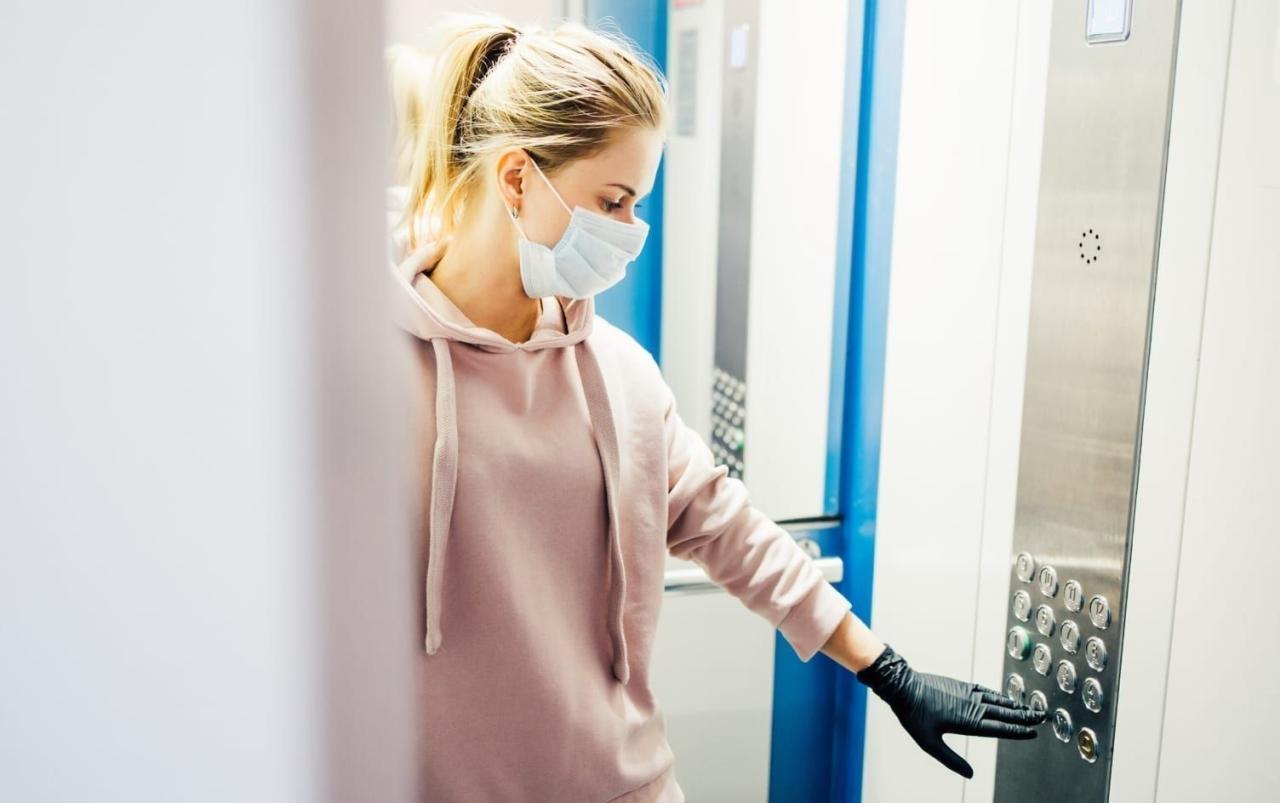
Ultimately, the decision of whether or not to wear a face mask while walking outside is a personal one, influenced by a complex interplay of factors. It’s about weighing the risks and benefits, considering your individual health and the environment you’re in.
Whether you choose to mask up or not, it’s essential to stay informed and make a decision that aligns with your personal values and priorities.

